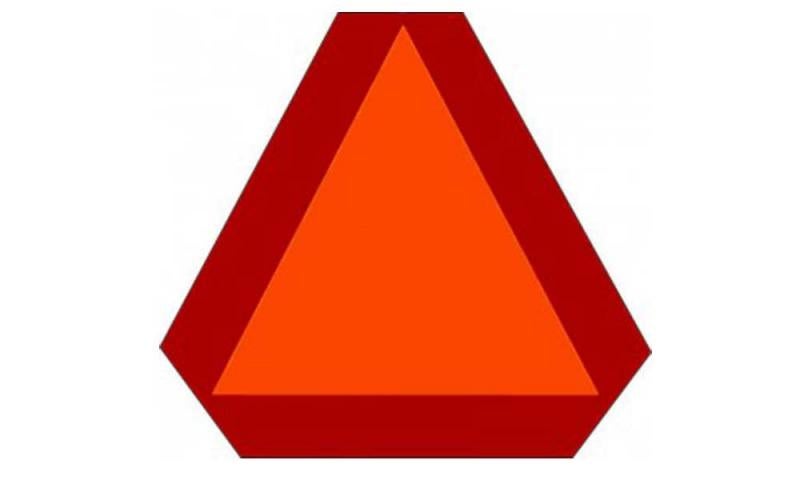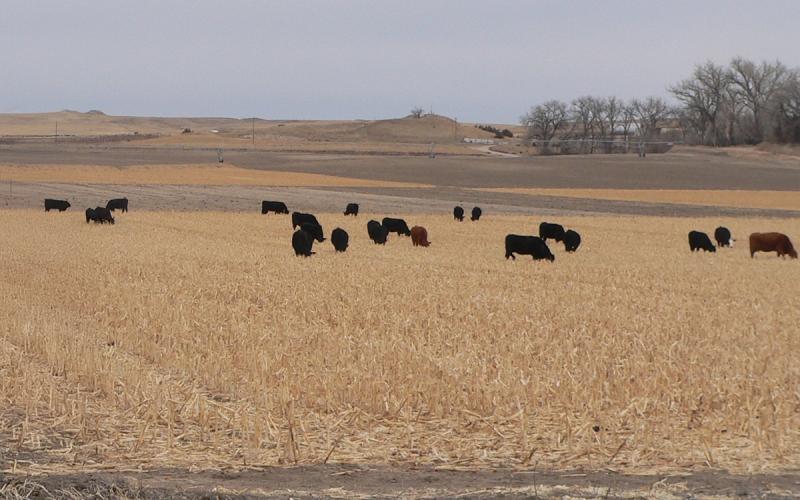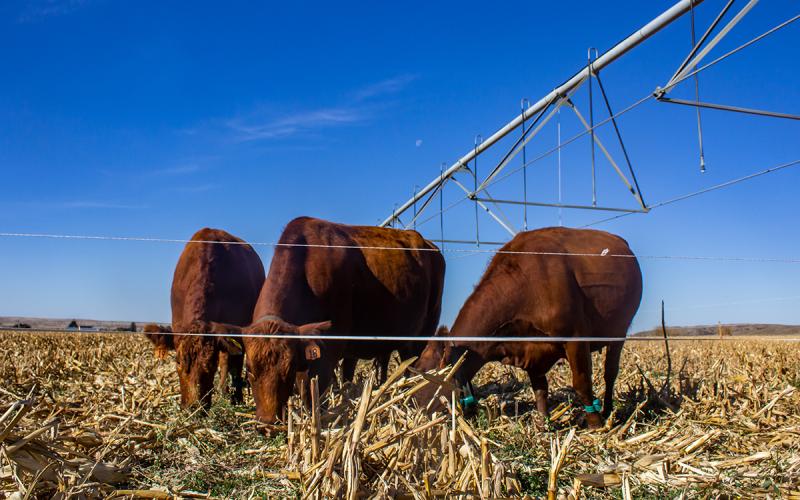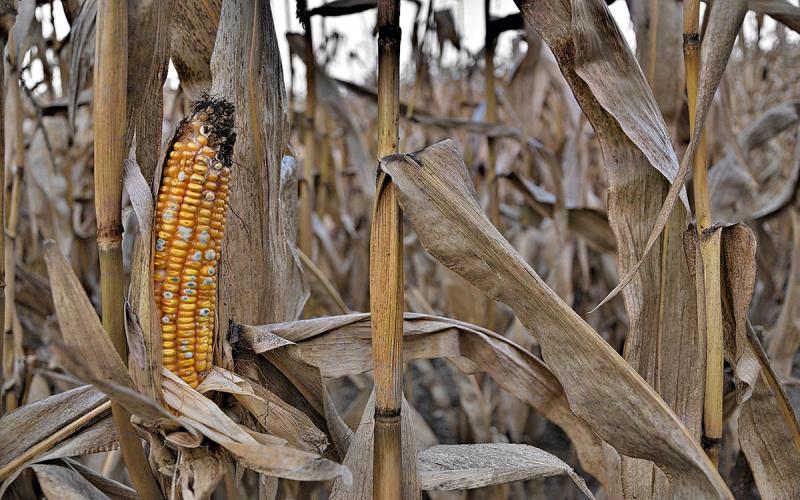
If you have been on the roads lately, you have probably noticed that harvest has started. While seeing fields getting taken out is a pretty visual reminder, there are other things that happen during harvest that may not be as obvious. But, all of those things lead to sharing the road with agricultural producers.
What follows are some of the safety tips producers should implement to help fellow travelers accessing the roadways, along with tips for non-agricultural travelers accessing the roads at the same time. The goal is to remind all motorists of the need for extra vigilance and patience when utilizing motorways during harvest season.
It seems one of the facts of life is that agricultural equipment keeps getting bigger, and unfortunately, the road sizes seem to remain static. Occasionally a highway gets a facelift, and sometimes they add a little width. Drivers need to remember that, when they are meeting equipment or coming up behind it, agricultural equipment is moving at a much slower rate than they are. This makes it really important that you as a driver are not distracted.* For instance, if you are traveling at the posted speed of 65 mph, and a combine is one half of a mile ahead of you traveling at 15 mph in the same direction, it would only take 36 seconds for the two of you to meet. Now say that there is only a quarter of a mile in between; the time has been halved to 18 seconds. The Department of Transportation says the average person sending or receiving a text takes the drivers’ eyes away from the road for about 5 seconds. It would not take long for someone to lose concentration and find themselves dangerously close to having a collision.
Tips for Drivers
There are a few things that non-agricultural drivers can do to make their experience as pleasant as possible:
- Be patient when traveling behind slower-moving vehicles. Relax and enjoy the beautiful fall views in rural America. Most farmers will pull over when they are able to let you pass.
- When meeting farm equipment, pull to the right-hand side of the road to ensure a safe passage, looking ahead for any on-coming traffic. Note the conditions of the shoulder of the road. Do not pull too far right if the shoulders are soft.
- When passing machinery or trucks parked alongside the road, slow down and give room in case there is someone getting in or out of a piece of equipment.
- If passing machinery in the same lane, do not pass close to intersections or field entrances, as they may need to swing wide into the opposite lane in order to be able to navigate the corner. Do not assume they will always turn right. They may be making a left-hand turn.
- Practice safe, responsible, driving. Do not assume that the operator can see you.
- Do not tailgate farm vehicles, as they may have to make sudden stops along the road.
Tips for Producers

Farmers also have responsibilities for being good neighbors on the road. There are things they can do to make equipment transport as efficient and safe as possible:
- Ensure all safety lighting works and proper placards are in place; clean, visible and properly mounted.
- Try to avoid areas with heavy traffic during peak times.
- Before moving equipment, make sure equipment and associated personnel can be seen.
- If equipment must be parked along the road, make sure it has been properly marked down the road to warn oncoming traffic.
- Mark the edges of equipment with reflective tape and reflectors.
- When moving multiple pieces of equipment, leave space between to allow vehicles safe passing areas.
- If you are working in wet conditions, clean tires before entering the highways to reduce adding clumps and hazards to the roadway.
- Move equipment in the daylight.
- Transport the combine and header separately when moving between fields.
- Producers should also stay off cell phones and stay vigilant of other traffic utilizing the road.
While nothing will prevent all accidents, if both parties use a little patience, common sense and follow the suggested safety procedures, the chances of an accident occurring should be decreased. For additional information, see the references listed below.
References
- Harvest Season Safety, Mississippi State University Extension.
- Farm Bureau, ODA, ODOT, sheriff promote rural road safety, Oregon Farm Bureau.


